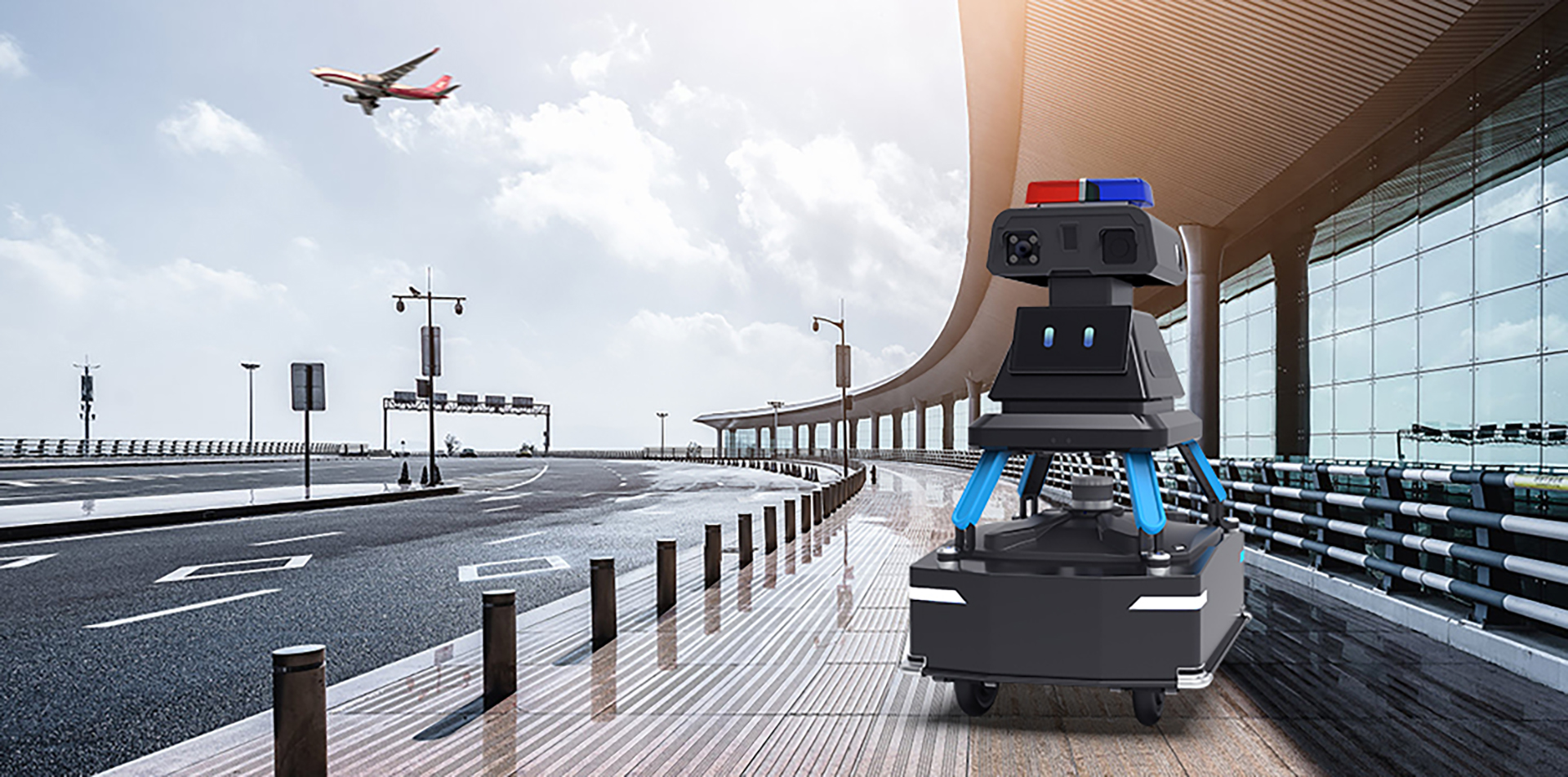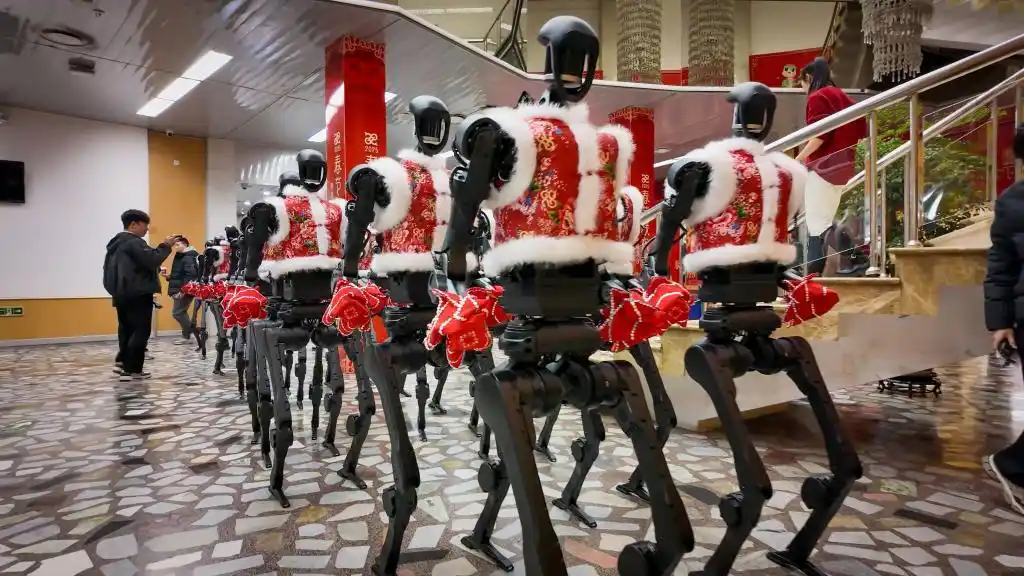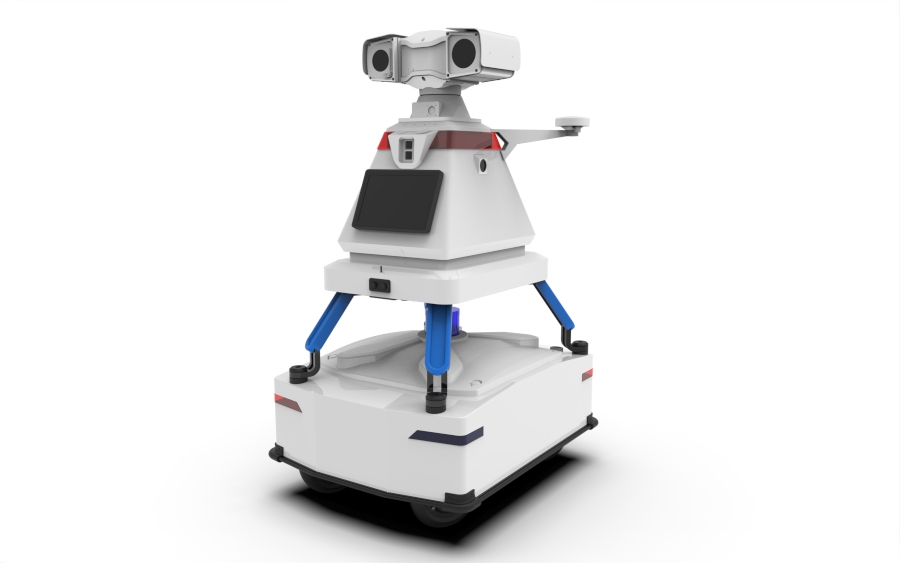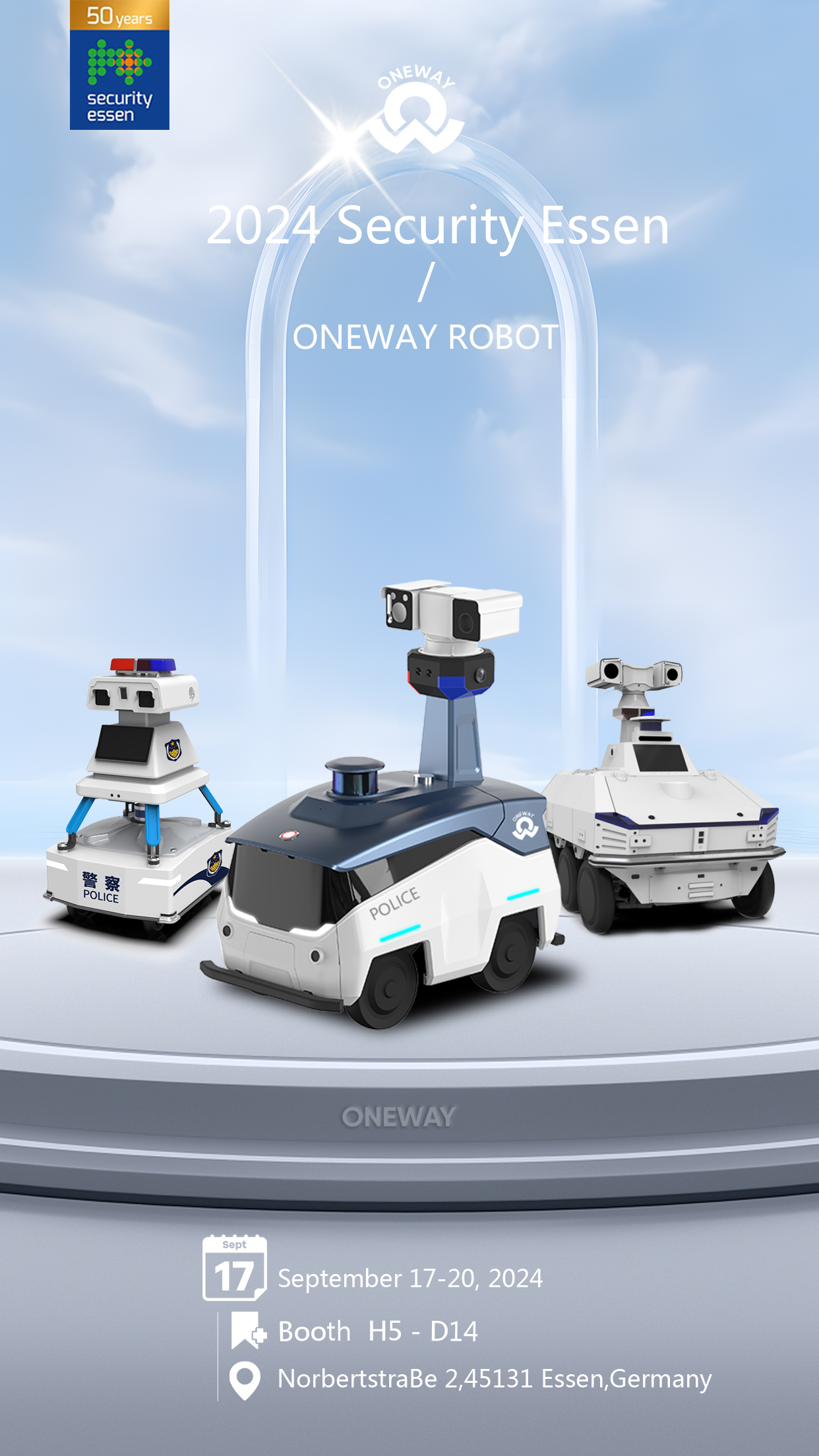Security measures at airports are undergoing a significant transformation with the integration of advanced security robot technologies. As airports worldwide prioritize passenger safety and operational efficiency, innovative security robots are playing a crucial role in enhancing security protocols.
These cutting-edge robots, equipped with state-of-the-art sensors and artificial intelligence capabilities, are revolutionizing airport security by offering real-time threat detection, perimeter monitoring, and proactive response capabilities. With their ability to autonomously patrol vast airport premises, these robots provide an additional layer of security, complementing human security personnel and traditional surveillance systems.

Moreover, security robots are instrumental in streamlining security screening processes and minimizing passenger wait times. Deployed at security checkpoints, these robots utilize advanced scanning technologies to detect prohibited items and potential security threats efficiently. By automating routine security tasks, they enable airport staff to focus on addressing more complex security challenges and providing enhanced customer service to passengers.
The COVID-19 pandemic has further accelerated the adoption of security robots at airports, with robots being deployed for tasks such as temperature screening, social distancing enforcement, and disinfection procedures. These robots play a critical role in ensuring compliance with health and safety guidelines, mitigating the risk of virus transmission, and maintaining a safe airport environment for passengers and staff.
As airports continue to invest in innovative security solutions, the integration of security robots is expected to become increasingly prevalent. Collaborations between airports, technology developers, and security firms are driving continuous advancements in security robot capabilities, paving the way for a safer and more secure travel experience for passengers worldwide.








